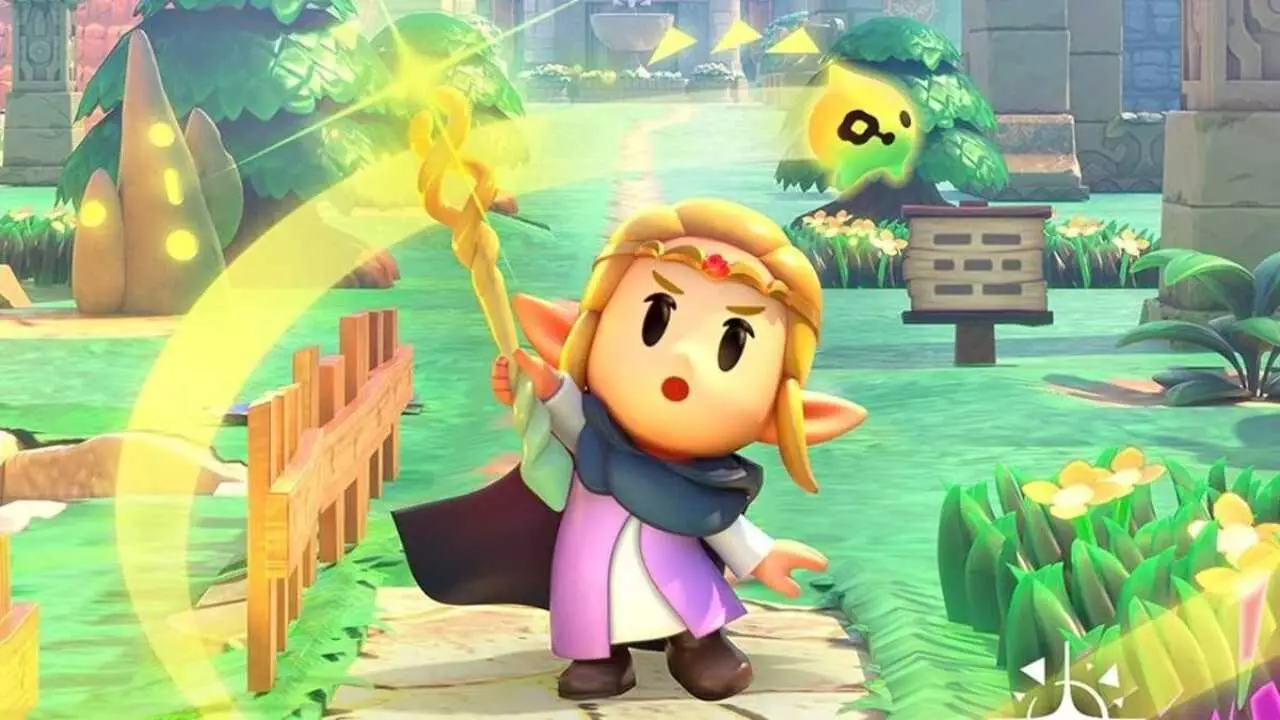The Legend of Zelda series has long intrigued fans with its intricate timeline, which weaves together a story that spans generations. With the recent release of “Echoes of Wisdom,” Nintendo has provided yet another layer to this legacy, positioning the game firmly within the “Hero is defeated” segment of the timeline. This addition, set between “Tri Force Heroes” and the “Decline of the Hyrule Kingdom,” has ignited fresh discussions and renewed enthusiasm within the community. Understanding the implications of this new entry requires a closer look at its narrative and placement.
The Narrative of Echoes of Wisdom
“Echoes of Wisdom” presents a compelling story where Link embarks on a perilous quest to rescue Princess Zelda, who has fallen victim to the villain Ganon. In what could be seen as a twist, the narrative reveals that after a dramatic showdown with Ganon, Link vanishes into a mysterious rift—an event that serves as a catalyst for the unfolding chaos in Hyrule. The plot thickens as more rifts emerge, threatening not just the hero but the whole kingdom, including the king and his advisors. This narrative turn reflects a deep sense of urgency and despair, as Princess Zelda takes it upon herself to save not just her father, but the very fabric of her realm.
This new entry brilliantly ties back to the “Ocarina of Time,” particularly its “lose” scenario where the Hero of Time falters. This thread not only enriches the existing lore but also allows fans to explore the ramifications of a fallen hero—a theme that runs contrary to the often triumphant arcs seen in other games. The presence of rifts adds a dimensional twist, further entangling Hyrule’s fate and deepening engagement with the storyline. Notably, Nintendo’s placement of other games like “Breath of the Wild” and “Tears of the Kingdom” as separate entities highlights its awareness of the timeline’s complexity while maintaining some narrative independence.
Despite the fascinating lore embedded in titles like “Echoes of Wisdom,” Eiji Aonuma, a key producer at Nintendo, has openly acknowledged that gameplay typically takes precedence over story during development. This approach reflects a broader strategy that prioritizes player experience, often leading to engaging mechanics even if they sometimes overshadow robust storytelling. Thus, while the timeline and narrative frameworks provide fans with a rich context, the core experience is designed to be dynamic and enjoyable.
Concluding Thoughts
The unveiling of “Echoes of Wisdom” has invigorated discussions about the Zelda timeline, highlighting the tension between character arcs and gameplay mechanics. As fans speculate on the implications of Link’s defeat and the quests that await Princess Zelda, the series continues to thrive through its ability to merge compelling narratives with captivating gameplay. The complexity of the timeline serves not only as a historical record but also as a living document, inviting players to immerse themselves in the ever-evolving world of Hyrule. This latest chapter promises to deepen our understanding of the franchise while keeping us on our toes for what lies ahead.


Leave a Reply